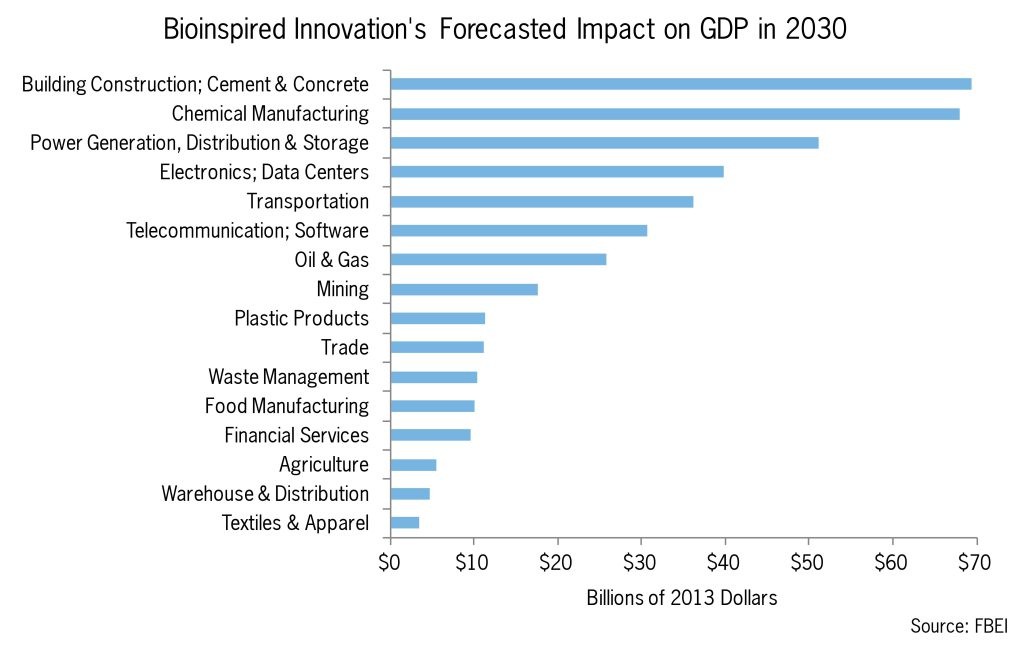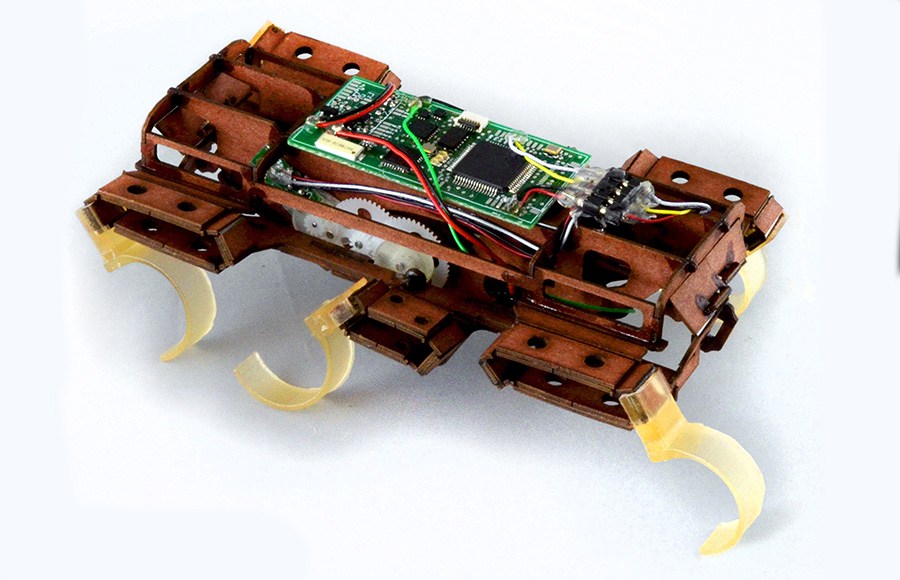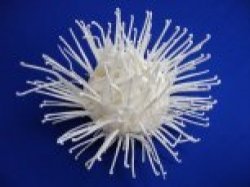Nobody loves cockroaches, except another cockroach. But you have to admire how tough they are. We joke about roaches being able to survive a nuclear blast. Who wouldn’t consider this the ultimate survival skill?
Scientists at the University of California Berkeley’s Biomimetic Millisystems Laboratory made news this week with reports about their work with the X2-VelociRoACH, a robotic cockroach designed for its ability to nimbly navigate difficult terrain. These robots could be outfitted with small cameras and GPS to help locate victims in collapsed buildings after earthquakes and in other similar situations too dangerous to send in people or search dogs. Take a look (if you can get past the roaches, fair warning) in this video.
This project is fascinating to me because it represents a much bigger concept. It is a perfect example of biomimicry at work. Biomimicry is the imitation of the models, systems, and elements of nature for the purpose of solving complex human problems. It’s borrowing the solutions developed by the natural world to solve our challenges.
Think about it. Nature is the ultimate research and development lab. Every system in nature is based on the principle “adapt or die.” When conditions change, organisms change. Biomimicry is the science of studying nature to see what we can learn from the genius all around us.
Most people have read about Japanese bullet trains being designed after the kingfisher bird to be more aerodynamic, and Velcro fasteners based on the principles of burdock plant “burrs” which stuck to the inventor’s pants during a walk in the Swiss Alps in 1941. Another example from my word of plants is the development of biodegradable plastics being made out of carbon dioxide. Human beings think of CO2 as a poison. Plants think of it as food, converting CO2 into carbs and sugar. Cornell University researcher Geoff Coates has figured out a way to use the same conversion principles and turn CO2 into polycarbonates – plastics that biodegrade safely back into the earth instead of filling up landfills for hundreds of years.
Latin American researchers are getting inspiration from the armadillo to design a new type of prosthetic arm and hands that can be inexpensively created with 3D printing to provide prosthetics in third world countries.
At the Fermanian Business and Economic Institute at Point Loma Nazarene University here in San Diego, working with Terrapin Bright Green, its “Da Vinci Index” database monitors four areas of data to measure activity in the field of “Bioinspiration,” or innovations inspired by nature being put to work in business and industry. The index looks at published scholarly research, the number of new patents, the number of research grants, and the value of those grants. It provides a measurement of the amount of activity in this field.

These industries are positioned to benefit from innovations created through biomimicry. Courtesy FBEI/Terrapin Bright Green (Creative Commons License)
The Institute recently estimated that bioinspired innovation could account for about $425 billion of the U.S. gross domestic product by 2030. This could translate to two million new jobs. Building construction, cement and concrete, chemical manufacturing and power generation, distribution and storage industries are the leading industries embracing Biomimicry. There is huge economic potential here and we know investors and Wall Street are all about it.
Here’s an example from a company in my backyard, San Diego-based Qualcomm. Qualcomm acquired the company Iridigm and formed the new company Qualcomm MEMS Technologies, or QMT. Think about how hard it can be sometimes to look at your smartphone or tablet in bright sunlight. QMT developed low power, color display screens solving this problem using a technology inspired by the way light interacts with the surface of butterfly wings. This technology is now being used in e-readers and smartwatches. It’s a whole new business for Qualcomm in the electronic display market.
Nature has learned to clean the air and the water, make use of the nutrients available to it, thrive, grow, and reproduce. This translates into nearly four billion years of answers to a lot of our biggest questions. Green roofs, living walls and live plants in interior environments are not only nice to look at, they can improve our well-being. Why not use them?
If you’d like to learn more about Biomimicry and get inspired, visit the website of the Biomimicry Institute.


